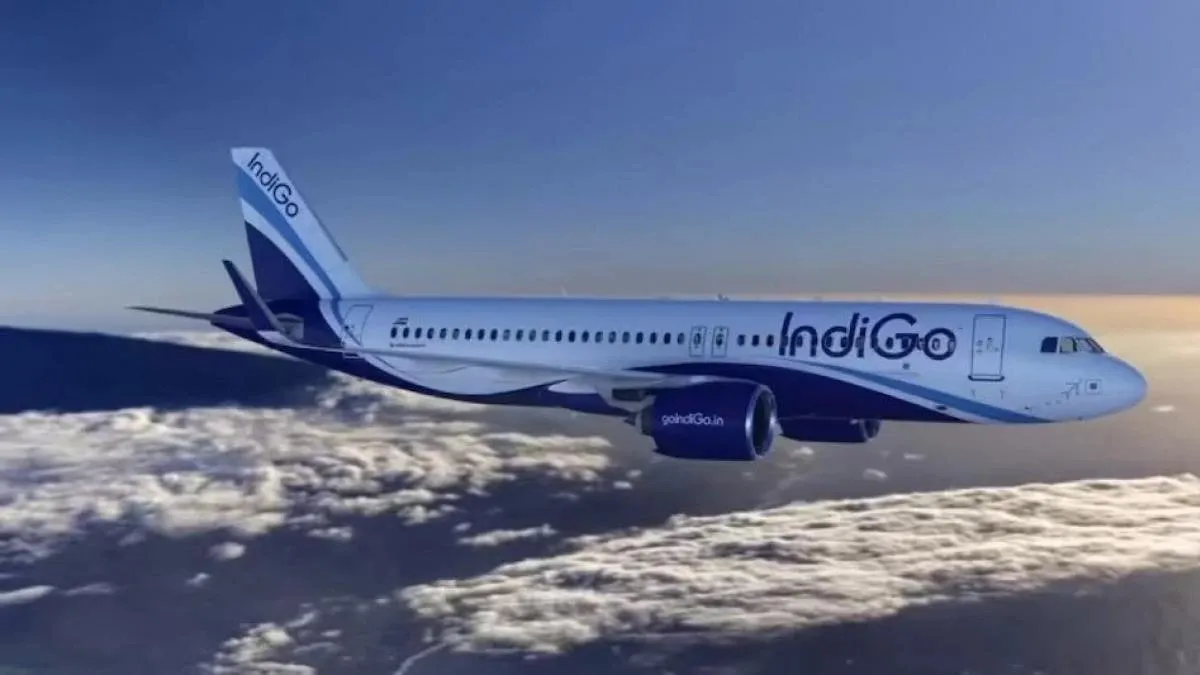

Jharsuguda, Jan 11: Railway traffic through the Jharsuguda-Sambalpur track was temporarily disrupted on Sunday as a goods train was derailed near the Belpahar level-crossing all of a sudden.
The Belpahar railway gate was subsequently closed in view of safety & security related issues.
According to sources, a good train was passing through the Jharsuguda –Sambalpur route in the afternoon. Meanwhile, at least three rakes of the goods train accidentally derailed near the Belpahar railway crossing.
Efforts are underway to lift up the derailed rakes ontrack and to restore railway services as soon as possible, said sources.